Your Cart is Empty
Enjoy FREE Shipping on All Orders This Week! Shop Your Favorites Now!

Tyrannosaurus Rex was one of the most giant carnivorous dinosaurs that ever existed on planet earth during the Jurassic period. This predator had a thick massive skull and a 4-foot-long jaw that meant that it had a maximum bone-crushing capacity. Fossil evidence from Archaeologists shows that the Tyrannosaurus Rex was about 12 meters long and about 4.6 to 6 meters tall. It had long and strong thighs, muscular tail helped it in faster movement, and its strong 1.5 meters foot would crush the skull bone of its prey.
The predators serrated conical teeth were so sharp for piercing and griping flesh, which was then ripped away with its muscular neck muscles. Scientists believe that Tyrannosaurus Rex could consume a total of 230 kilograms of fresh in one bite. It lived in the forest river valleys of North America in the late Cretaceous period. Tyrannosaurus became extinction took place about 65 million years ago during the Cretaceous-Tertiary disappearance. However, being powerful, muscular, and mighty during the Jurassic period did not mean that Tyrannosaurus Rex did not fear any other predator.
T-Rex may be the most dangerous predator that existed in the Jurassic period, but the tyrant dinosaur had plenty of fear to other dinosaurs that include :
T-Rex, the king of dinosaurs though mighty and muscular, may also have been afraid of Triceratops. Triceratops was a three-horned carnivorous type of a dinosaur and also had a frill bone at the back of its skull. Estimation by paleontologists suggests that Triceratops had a body length of about 9 meters. The most significant adults of this type of dinosaurs weighed between five to eight tonnes. They also had a giant skull with some triceratops having three meters long head, hence making it one of the largest among the terrestrial animals.
Additionally, it possessed many small spikes placed on the border margin of the expanded frill of bone at the back of the skull. Often, Triceratops is portrayed using large horns, usually for defense from other carnivorous dinosaurs, including the Tyrannosaurus rex. Triceratops had a defense mechanism against predators by the use of its long sharp horns and the bony neck frill. These horns could have been around 3 meters or more in length. This dinosaur could have been very dangerous since one strike from its two long horns could quickly kill Tyrannosaurus rex.

Scientists have revealed that there was a much bigger predator that even the ferocious dinosaur would have chickened out upon coming to contact with it. Paleontologists unearthed and revealed remains of a 30 feet long dinosaur called Meekerorum that is believed to be at the top of the food chain about 100 million years ago or maybe 30 million years earlier before Tyrannosaurus Rex roamed the earth. This four-ton eating predator was named after the cannibal monster in the Myths of the Ute Native Americans and also after the donor's family name of Chicago Field Museum of Natural History.
According to Dr. Zanno, there is a high possibility that adult size Siats were the second-largest carnivorous dinosaur that ever roamed North America. The giant carnivorous T. rex dinosaur appeared was twice the size of Siats but appeared 30 or more years later. There was a small probability of tyrannosaurus Rex dinosaurs' ancestors evolving when Siats was around.

Although T. Rex was the worst and ferocious carnivorous dinosaur that ever lived, it could have feared Spinosaurus dinosaur. Spinosaurus lived about 112 to 93 million years ago in North America during the upper Albian to Turonian stages of the Cretaceous period. It was among the largest group of known dinosaurs nearly the size or size of Tyrannosaurus.
Spinosaurus exhibited three hunting strategies by its anatomical features. It had a flexible tail, a sail for herding prey more efficiently and neck to slap the water for injuring, stunning or killing its prey. According to its anatomy, its tail looked like that of the thresher shark. Even if in a physical fight the T. rex could win or even kill it, Spinosaurus dinosaur could have been feared due to its large body and also its ability to move inside water.
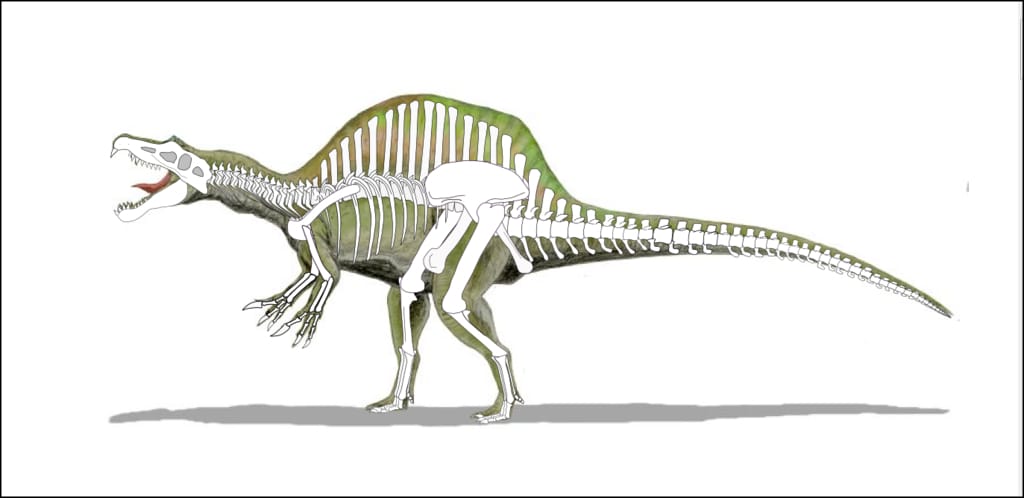
During the physical combat between Edmontosaurus and Tyrannosaurus Rex, it is clear that T. Rex could destroy Edmontosaurus. However, this could not make T. Rex not fear this type of dinosaur due to its big body and its ability to defend itself. Edmontosaurus has to main known species, namely the Regalis and the Annectens. The Regalis type of dinosaurs existed in western North America 73 million years ago, while the Annectens are estimated to have lived more than 66 million years ago.
The Edmontosaurus were among the largest hadrosaurid species with a measure of up to 12 meters in length and a weight of about four metric tonnes. There are fossils evidence of Edmontosaurus that shows how its vertebral spine regrew after any bite during a combat with a tyrannosaur.
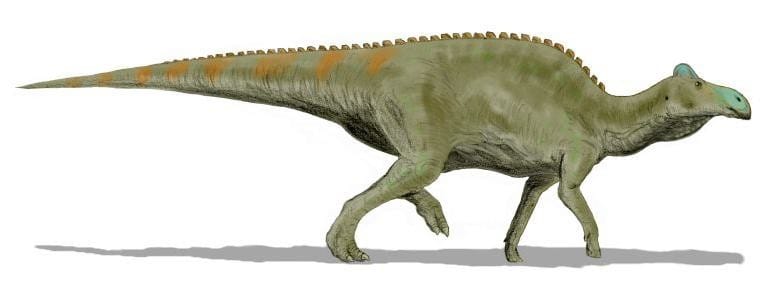
This type of gigantic dinosaur existed between 161 to 146 million years ago fro the late Jurassic period. Although they did not live at the same time with T. Rex, it is clear the Tyrannosaurus Rex could have been afraid of this type of Dinosaur. Diplodocus was among the longest land animals that ever existed on the planet. They had a comparatively light body that was supported well by pillar-like legs and limb girdles. Most of them weighed about 30 tons while some genus members weighed 80 tons or more. Diplodocus had an extremely flexible and very long tail, which worked as a defense mechanism, and would crush any predators on its way with a considerable force.
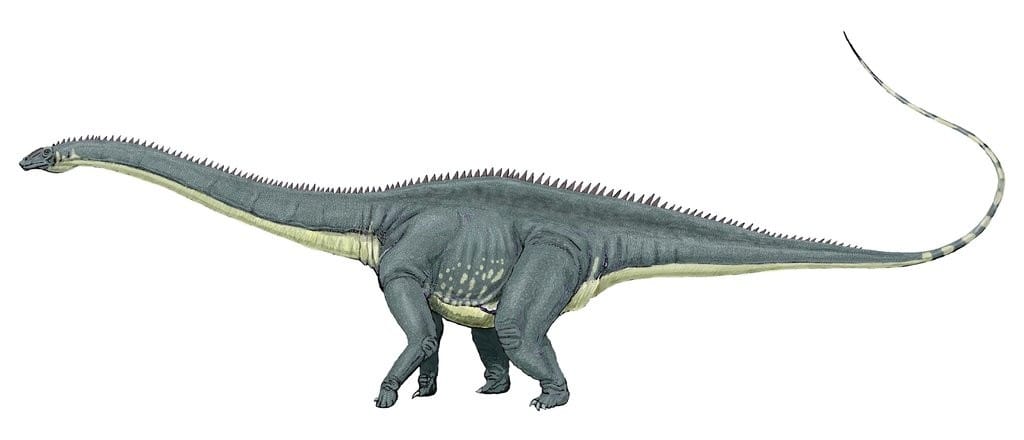
These were dinosaurs of the subgroup Sauropoda. They were the giant herbivorous reptiles and land animals that ever lived with quadrupedal, a long neck and tail. They had a length of about 25 meters and a height of 12 meters. T-Rex could have been afraid of physical combat with this type of dinosaur due to its big body, long tail, and neck, which acted as a defense.

Allosaurus was a large carnivorous theropod, with a massive skull. Theropods were bipedal dinosaurs that lived during the Late Jurassic period. Allosaurus was the most abundant predator which hunted in groups at times. Allosaurus was bipedal with two muscular legs, which measured about 1.38m in length. An adult Allosaurus was between 8.5m to 12m in length. On the other hand, an adult Tyrannosaurus Rex was between 12-15m. Comparing their mobility, Allosaurus had increased speed and mobility due to its shorter length.
Allosaurus was also equipped with a muscular tail that eased its movement. It had a gaping and powerful jaw equipped with serrated teeth, which helped in feeding and battle. Allosaurus also had small and powerful forelimbs. Their behavior of ambushing in packs may have been causing some fear in Tyrannosaurus Rex.
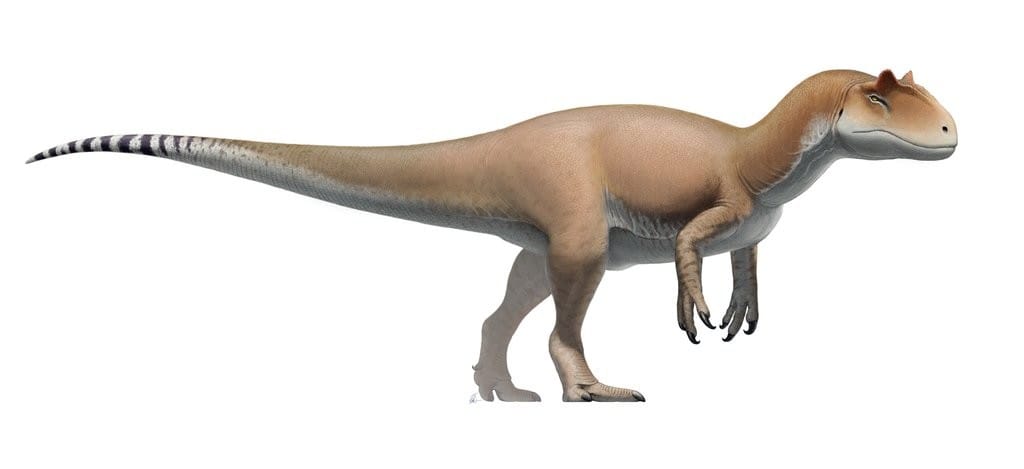
Giganotosaurus is a carcharodontosaurid theropod dinosaur, which is thought to be the most dangerous dinosaur to have existed. Giganotosaurus is a word that means “giant southern lizard.” It lived during the Late Cretaceous period. Giganotosaurus is the longest carnivorous dinosaurs yet discovered. It has a bipedal walking habit that stood 12 ft at the hips. An adult Giganotosaurus was between 13m to 15m in length. An adult Tyrannosaurus Rex was between 12-15m. Giganotosaurus walked on two, sturdy back legs, and its tail helped for more straightforward navigation.
Giganotosaurus was armed with 8 inches teeth, sharp with serrated edges. The teeth were continually replaced once lost. This meant a lot in Giganotosauru's life. Similar to Tyrannosaurus, it had short arms that served little purpose. All this may have been causing fear in Tyrannosaurus.
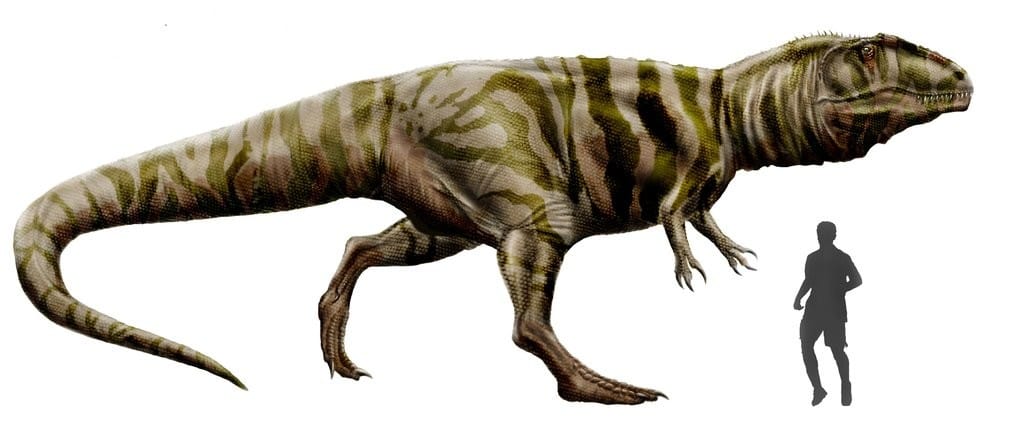
Brontosaurus is among the longest land animals to have ever existed, currently known as Apatosaurus. This one lived during the Late Jurassic Period. Brontosaurus had a herbivorous mode of feeding. It was thought to eat tremendously to sustain its vast body. The dinosaur stood 15 feet tall at the hips with a long neck. This enormous dinosaur weighed roughly 33-38tonnes. An adult Brontosaurus was between 21m to 27m in length. Again, an adult Tyrannosaurus Rex was between 12-15m, which saw a no match in their lengths. This gave Brontosaurus an upper hand over Tyrannosaurus. Brontosaurus had peg-like teeth arrayed in a garden-like structure. The teeth were used for gathering and stripping plant material. Because Brontosaurus walked in packs and their large body l, may have been causing fear in Tyrannosaurus.
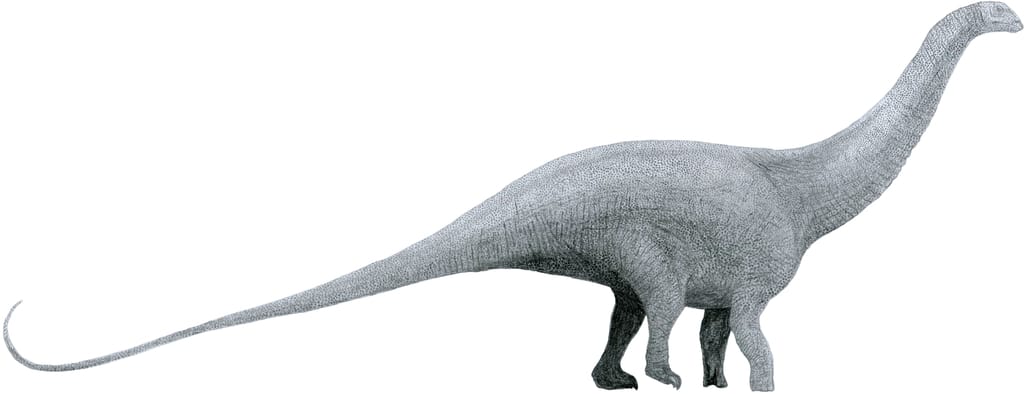
Ankylosaurus is one of the enormous armored dinosaurs. This existed during the Late Cretaceous Period. It was covered with oval-like plates on its top side. Two large horns protruded from its head served during the battle. Ankylosaurus was a herbivorous feeding on low-lying plants. Ankylosaurus is equipped with 2m wide foot, which eased its navigation. An adult Ankylosaurus was between 7.5m to 10.5m in length. On the other hand, an adult Tyrannosaurus Rex was between 12-15m. Ankylosaurus had four legs used for movement, a broad skull, and a short neck. With its powerful tail club and strength, one perfect hit would set Tyrannosaurus to instant death or through starvation. This means that even Tyrannosaurus could be afraid of Ankylosaurus.

Seismosaurus was a giant, small-headed dinosaur weighing roughly 30 tonnes. The dinosaur lived during the Late Jurassic Period. This dinosaur was a herbivore, with peg-like teeth for stripping plant material. An adult Seismosaurus was between 39m to 52m in length fitted with a long, whip-like tail probably for protection. On the other hand, an adult Tyrannosaurus Rex was between 12-15m. This means that Seismosaurus was about four times larger than Tyrannosaurus, thus giving it some chances of being feared by Tyrannosaurus. Seismosaurus was among the longest animals to have ever lived on land.
Argentinosaurus is a sauropod dinosaur discovered in Argentina. This herbivore dinosaur existed during the Late Cretaceous Period. Argentinosaurus is among the most massive known land animals known. An adult Tyrannosaurus estimated to be 12-15m in length could not match an enormous Argentinosaurus, which ranges 30m to 39m; thus, it is evident that Tyrannosaurus would fear this dinosaur.
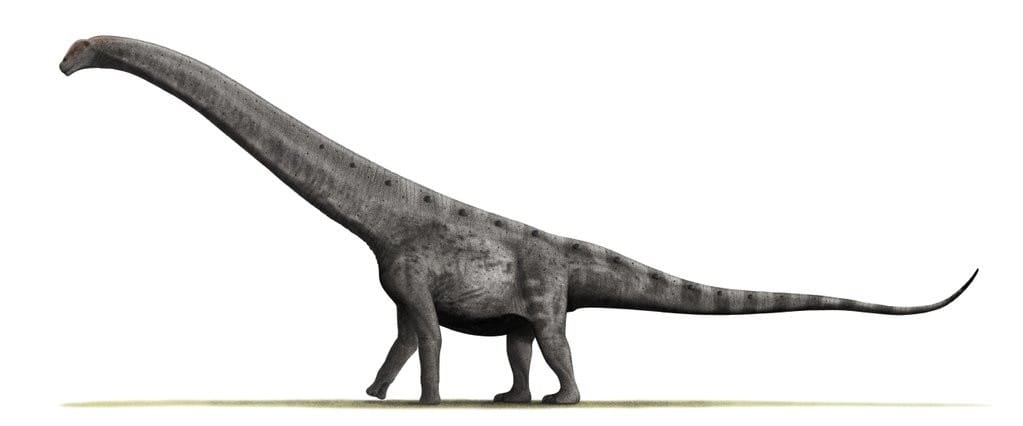
Utahraptor is the world's most enormous and most dangerous raptor of all time. Utahraptor existed during the Early Cretaceous Period. The raptor had a 9 inches toe-claws used for stabbing and sharp teeth. Utahraptor used its forelimbs for grasping its prey. An adult Utahraptor was about 7m in length, weighing about 0.7-1 tonne. Utahraptor used to walk on two legs and thought to be a fast runner. Its intelligence was highest among other dinosaurs. It had a long, rigid tail used for balancing and navigation. Utahraptor mostly hunted in groups, which made them unusually fierce. These raptors killed any prey of their desire; thus, even Tyrannosaurus would fear these packs.
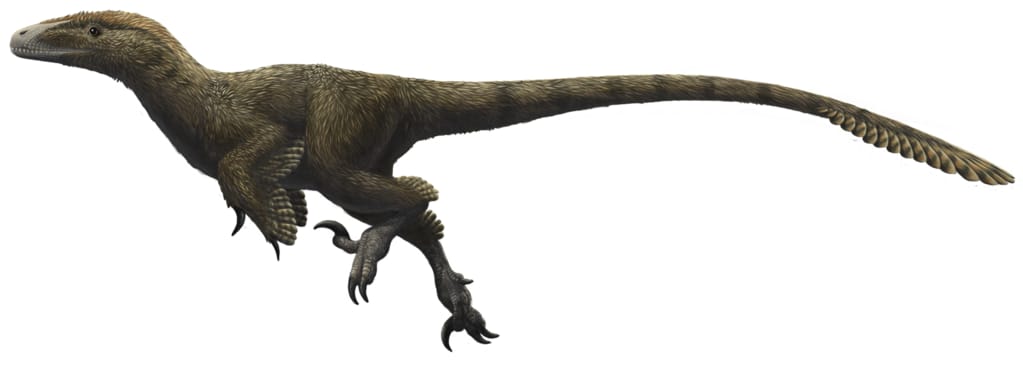
Alamosaurus was a giant sauropod dinosaur having existed in the Late Cretaceous Period. Alamosaurus was one of the very last of the non-avian dinosaurs. The sauropods were not only enormous dinosaurs but also the largest land animals ever to evolve. The gigantic sauropods may have weighed around 50 tons. The earliest members of the lineage were small and walked on their hind legs, leaving their hands free for other purposes. During the Mesozoic Period, the sauropods evolved to giant size and had to drop to all fours to support their enormous weight.
At the same time, they evolved almost unbelievably long necks but retained relatively small heads. This giant size of Alamosaurus probably caused some fear in Tyrannosaurus. Lastly, since wild animals depend on their immune to heal injuries, Tyrannosaurus would fear the above dinosaurs among other dinosaurs, which may cause bruises, whether bigger or smaller.
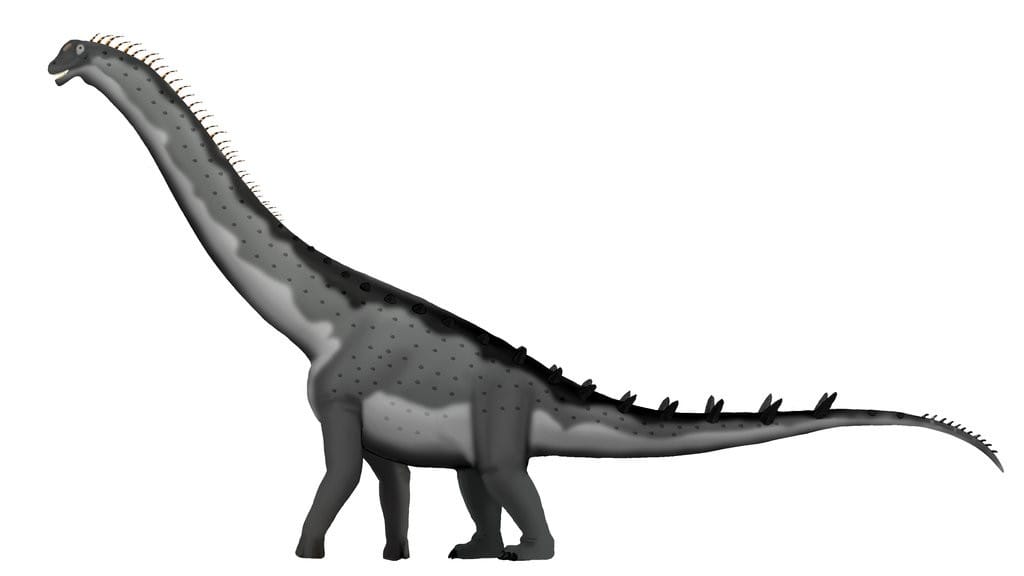
Some of the bigger dinosaurs would ambush Tyrannosaurus on their own. In contrast, smaller dinosaurs, which at times ambushed in packs, caused severe injuries to Tyrannosaurus, thus dying instantly or through starvation.